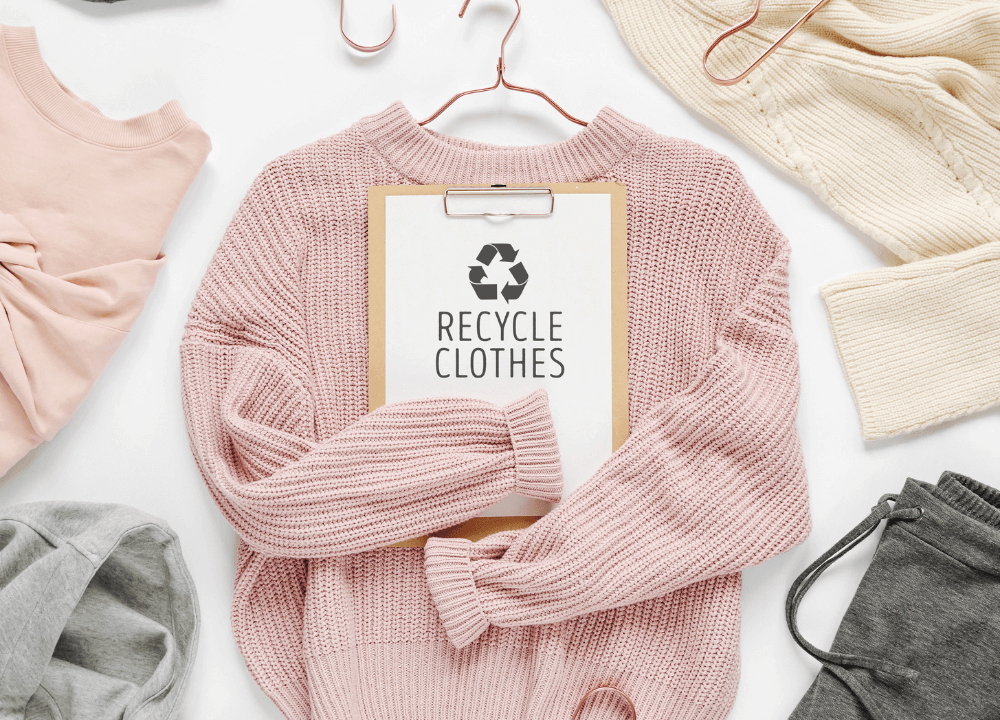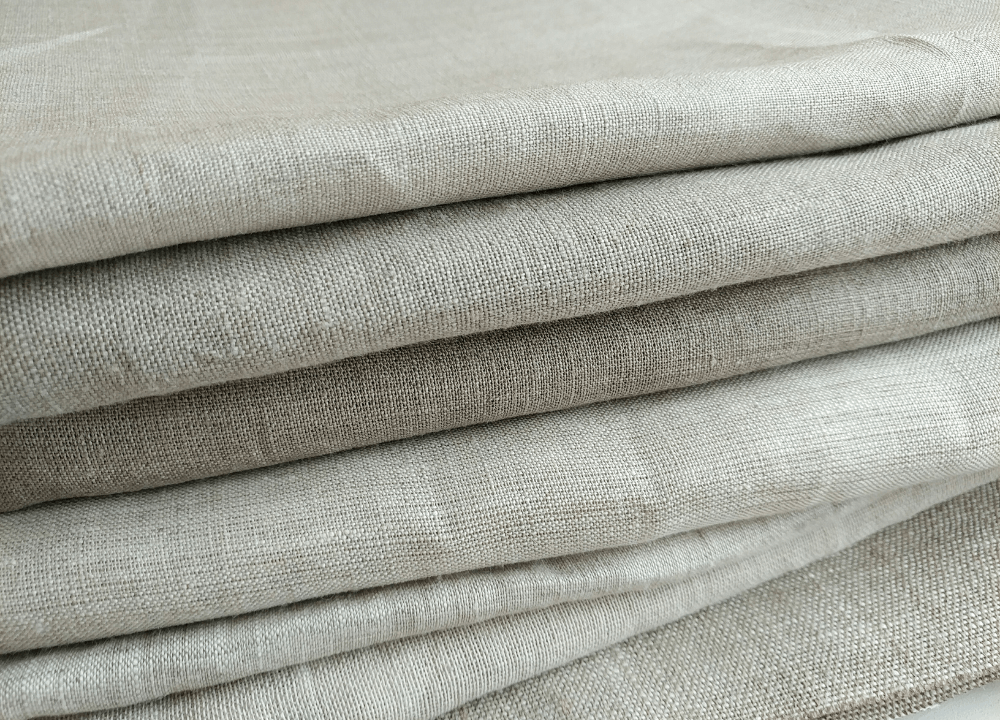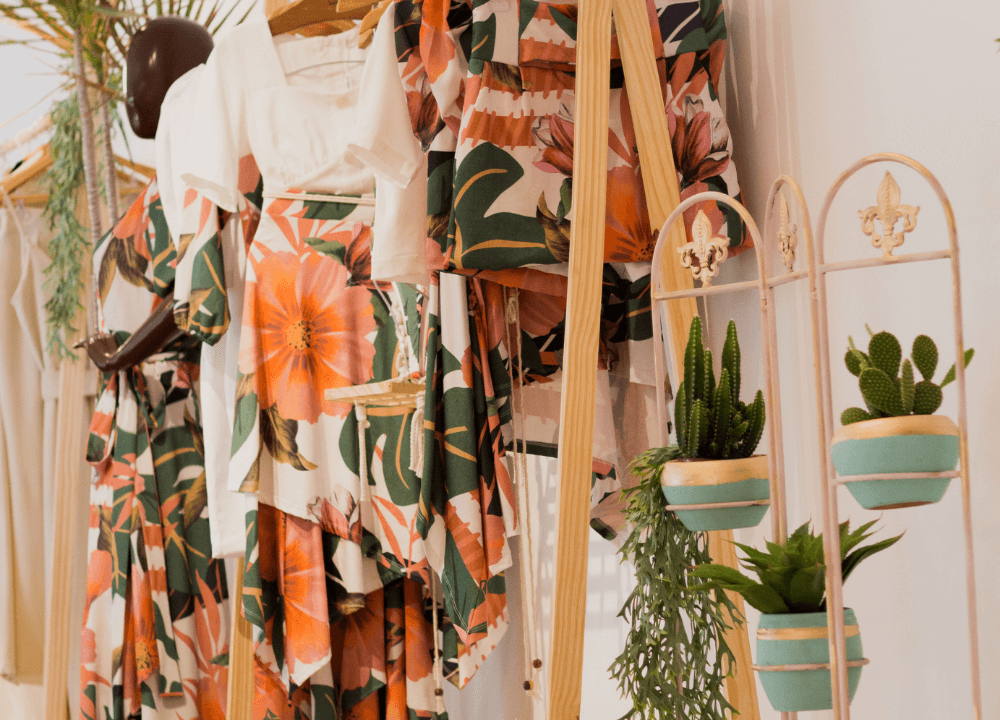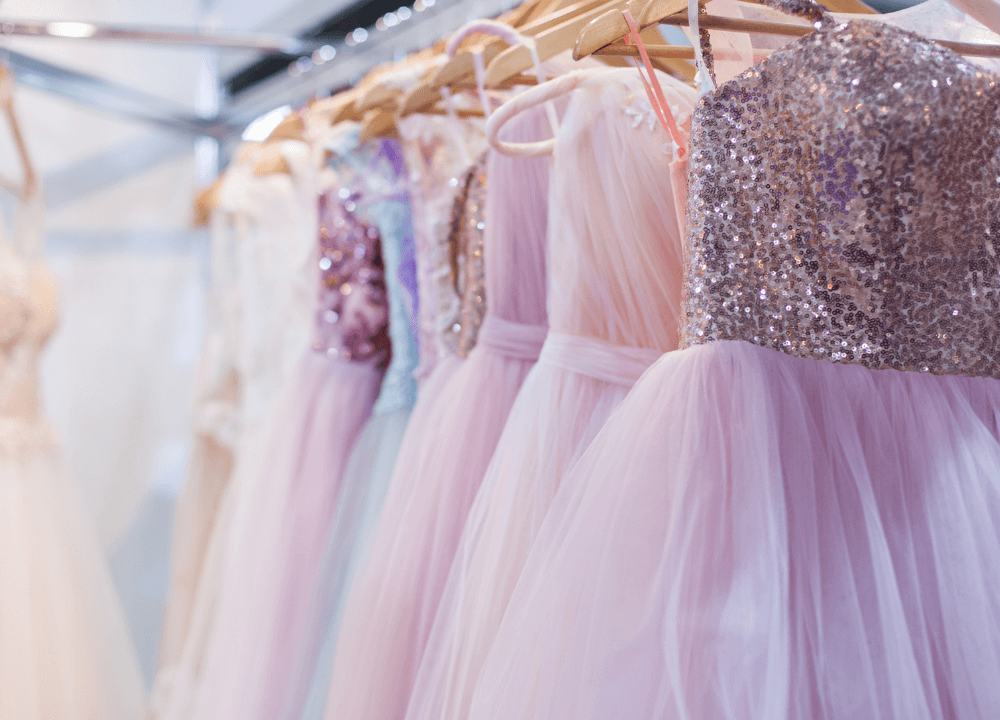Are you after smart ways to make your wardrobe more environmentally friendly?
You’re in the right place!
The clothing industry, and in particular, the fast fashion industry (we’re looking at you ASOS and H&M) is responsible for a lot of damage to the environment and unethical business practices.
While clothing appears to begetting trendier, cheaper and ever more enticing, the true cost of buying clothing is actually much higher when you take into account the human and environmental exploitation.
Clothing is not disposable and never should be. The fashion industry has done an amazing job with the seasons, trends and cheap clothing lines to make us think that it is. It is time to put the value and pride back into our clothes, stop falling prey to clever marketing campaigns and learn to love our threads for longer.
Over-consumption and textile pollution are two key issues in the fashion industry that need to change. In this post, you are going to learn tips on how to create a sustainable wardrobe that is ethical and beneficial for the environment.
So get ready to throw out your old shopping habits and start creating a new mindset around clothing and fashion.
Before we dive in let’s look at what sustainable fashion actually is
Sustainable fashion is the umbrella term that encompasses eco-fashion, slow fashion and ethical fashion.
Eco-fashion refers to how the garment impacts the environment.
Slow fashion refers to slowing down the fashion seasons, buying less and keeping the same clothes for longer.
Ethical fashion addresses the ethical treatment, pay and occupational health standard of garment workers and the effect that the making of the garment has on the community it is made in.
As we can see, sustainable fashion covers a lot of really important issues! Therefore, making sustainable fashion choices is a powerful way that you can help create a happier, healthier and more harmonious world.
So here’s how to create a sustainable wardrobe!

Source: https://www.canva.com/media/MAD4IO3iE4M
1. Fix worn or broken items instead of replacing
Before mass production of clothing was a thing many people would make and repair their own clothes. Most women had pretty epic sewing and knitting skills and would make their families clothes for them.
It’s time we picked up these skills once again, or find a skilled seamstress to do it for you. When your clothes tear, have split seams or simply don’t fit anymore, instead of throwing them away get them fixed or altered. You can learn basic hand sewing skills yourself (thanks Youtube!) or take your clothes into a dress alteration shop and have them do it for you.
This also applies to shoes. There are many places you can take your worn-out shoes in to give them a new lease on life instead of getting a new pair. Plus worn in shoes are much better than new ones!
You may think why would I pay $30 for something to alter my dress when I can buy a new one for the same price? But this kind of mindset is the issue. We need to start investing in what we already have to create a more sustainable wardrobe.
If you are looking for dress alterations you can find a skilled seamstress by posting a task on ezypeazy. We will connect you with locals who will be able to fix or alter your clothes for you at a fair price.
2. Choose natural, high quality and sustainably grown fabrics that are ethically produced
Say goodbye to fast fashion labels for good!
When shopping for new clothes, do your research and opt for brands that use natural fabrics that are grown sustainably and have ethical production policies and practices.
It may cost more than a t-shirt from Cotton-On but clothing purchased from sustainable brands will be better quality, last longer and won’t contribute to unethical working conditions. If it does end up in a landfill one day it will biodegrade naturally.
We are so used to being able to buy 5 pieces of clothing for $100 at shops like Glassons however this simply isn’t sustainable and therefore we can’t shop like this if we want to create a sustainable wardrobe.
You don’t need to suddenly go out and splurge on heaps of sustainable pieces. Instead, slowly over time start adding quality pieces to your wardrobe as you need them. Make quality over quantity your new mantra every time you feel the urge to splurge.
Fabrics to look out for that are friendly to the environment include organic hemp, bamboo, linen and pure cotton. A lot of clothing brands will create fabrics that are a mix of the textiles listed to create strong yet soft and durable clothing. Also look out for clothing brands that use only natural dyes to color their fabrics.
Some great sustainable clothing brands available in New Zealand include:

Source: https://www.canva.com/media/MAC6mekFbuM
A lot of fast fashion brands are starting to cotton on to the fact consumers want more eco-friendly options. So a lot are starting offering organic, natural and recycled clothing. These items are better than the cheap synthetic alternatives but you still need to be wary of supporting companies that continue to pollute the planet and exploit workers. Make sure you do your research on a company before you buy anything from them to ensure their values and practices align with yours.
3. Donate or sell old clothes
If you need to clear out your wardrobe don’t throw your clothes away.They will end up choking a landfill somewhere and take an extremely long time to biodegrade.
The best option is to donate your clothing to a local charity or a thrift store. You can also sell your old clothes on platforms like TradeMe and make some money while you’re at it! Selling your clothing means that your preloved items will end up with someone who actually wants them and will continue to use your clothes.
It may take time and effort to donate and resell your clothes but it is so worth it!
4. Only buy what you actually need
The fast fashion industry has made it so tempting to buy cool new clothes at low prices that it has never been harder to only buy what you need! Especially when the dopamine hit you get from buying new clothes can be so intoxicating.
But by only buying what you truly need means you will be doing a lot to create a sustainable wardrobe. Over-consumption is the key driver of unsustainable practices in the fashion industry (and many other industries!) so it is really important to cut down your consumption of clothing if you find yourself tempted by the latest trends.
This doesn’t mean you should never buy something just because you love it, this is about shifting your perspective away from shopping based on what is trendy or new in-store.
Fast fashion produces clothing at a rapid rate to keep up with and push new trends down your throat so that they can move stock and turn over more profit. There seems to be a new trend each week which goes out of style just as fast as it came in. In order to make room for all the new trends, what do you do? Throw your old clothes away, which is creating a huge textile waste and pollution problem.
To really create a sustainable wardrobe we need to stop purchasing trend-driven pieces and start buying timeless pieces that are made to last year after year.

Source: https://www.canva.com/media/MAEEhd3cyL0
5. Unsubscribe from any promotional emails from clothing brands & don’t click on any ads on social media
Having constant promotional emails from the fast fashion brands with new arrivals, flash sales, discount codes and free shipping promotion scan be insanely tempting. Especially when they use the classic scarcity tactic for example “For 24 Hours Get 40% Off On All Dresses!!”.
Curb that temptation by simply unsubscribing from all those fashion brands. If you do end up buying something online don’t tick the box that allows them to send you promotional material.
It may take a while to clean up your emails and unsubscribe but the environment (and your wallet) will thank you for it!
6. Try and buy second hand as much as possible
Thrifting is the best way to shop sustainably. It is affordable, fun, you can score some unique pieces. What’s more, you’ll keep those clothes out of the landfill.
Shopping from charity shops,vintage stores and op shops has actually never been trendier. You can find great shops in places like K Road in Auckland or you can stick to the local charity shops. Trademe is another great place to browse for epic second-hand deals directly from the seller.
Buying second-hand clothes is the best way to create a sustainable wardrobe that won’t break the bank. The more you do it, the better you will be at nabbing gems.

Source: https://www.canva.com/media/MADyRn04QqM
7. Take good care of your clothes with sustainability in mind
The most sustainable wardrobe is the one you already have!
This means it is important to take care of your clothes in the most sustainable way possible. This way your clothes will last longer and taking care of them will have minimal impacts on the environment.
The worst thing you could do when you decide to create a sustainable wardrobe is to throw away all your fast fashion synthetic clothing. That will only add to the problem. Instead, make the effort to take care of your clothes properly (no matter how cheap they are).
Prevent your clothes from getting ruined from stains by protecting them when cooking, when you are outside on grass or doing anything crafty that could get on your clothes. Opting for darker coloured fabrics like black can also go along way in preventing stains.
Don’t over wash your clothes.Most clothes (apart from underwear) don’t need to be washed after every wear. Wear each item a few times before putting it in the laundry. This will help your clothes last longer but will also useless water and detergents which is better for the environment.
When you do wash your clothes wash them with care. Use a laundry bag or hand wash delicates, follow the washing instructions and sort clothes according to colour. Choose good quality and natural detergents where possible. Make sure you hang dry your clothes instead of using the dryer. This will not only save you money on your power bill but it is much better for your clothes as well.
8. Shop locally
Take the time to find shops and boutiques which have locally made items. Shopping locally is more sustainable because the carbon footprint from transport isn’t there. Plus putting money directly into the pockets of your community is much better than giving it to a big corporation.
Clothing items made by small boutiques are usually made with love and come with a story. This is a great way to add to your wardrobe in a meaningful and sustainable way.

Source: https://www.canva.com/media/MADwTGGWJgg
9. Clothes swap with friends
You probably have friends who are a similar size to you with a wardrobe brimming with beautiful outfits. Doing clothes swaps with friends isa great way to give your wardrobe a refresh for free.
If you have an event or an occasion to go to you can always ask your friends if you can raid their wardrobe for an outfit to borrow for the event instead of buying something new. You’ll save so much money and be helping the environment while you are at it!
10. Hire dresses for occasions & events instead of buying new outfits
If you can’t find anything in your friends’ wardrobe, another optionis to hire an outfit for an occasion. This is especially true if you have black-tie event and need to get really glammed up and will probably never wear the outfit you get again.
There are places like Stylestarter Boutique where you can hire designer dresses for less than the price of address from Glassons.
This is a win-win scenario! You get to wear a gorgeous designer outfit,you wouldn’t have paid to buy and you don’t contribute at all to the fashion industry waste and pollution.

Source: https://www.canva.com/media/MADUgES2ScQ
There you have it!
All the information you need to start creating a sustainable wardrobe today. The hardest bit about being more sustainable with your clothes is changing your mindset around how you perceive clothing, their value and their true cost. Once you get your mind right, everything will fall into place!